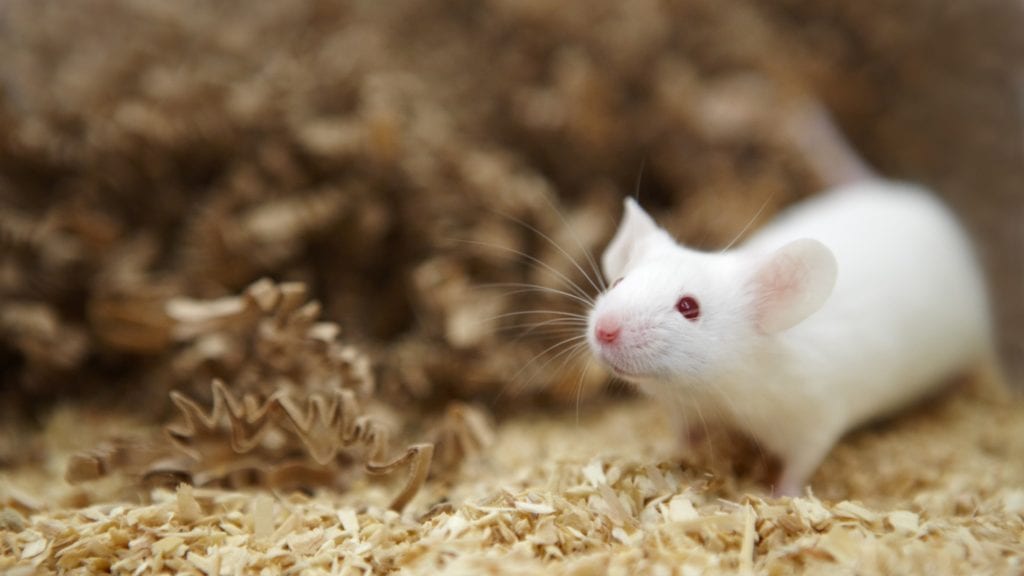Why is surgical monitoring important?
Updates found in the 8th edition of the National Research Council’s Guide for the Care and Use of Laboratory Animals highlight the importance of thermoregulation, and vital signs monitoring during surgical procedures. This updated guide has led to increasing Institutional Animal Care and Use Committee (IACUC) requirements for surgical monitoring and reporting.
Surgical monitoring is important for the welfare of the animal and improves survival rates. It also helps to improve the consistency of the surgical outcome, thus improving the quality of data obtained from each animal within the study.
Anesthetics induce central nervous system, cardiovascular system and respiratory depression in animals; temperature regulation is also inhibited in many species, causing hypothermia and related cardiac and respiratory changes. Monitoring vital signs such as heart rate, core temperature, and respiration rate are essential to animal wellbeing, especially to ensure survival and rapid recovery from surgery.
The Rodent Surgical Monitor+ (RSM+) from Indus Instruments, offered by Scintica Instrumentation is the ideal addition to any surgical suite to help improve surgical outcomes and meet the monitoring and reporting conditions set forth by many IACUC committees.
Rodent Surgical Monitor+ (RSM+)
Features and Benefits:
- Thermal regulation and vital sign monitoring
- The following physiological parameters can be monitored
- Temperature
- ECG
- Heart rate
- Respiration rate
- SPO2
- Blood pressure – NEW
- The platform incorporates a large heating zone to help maintain the normal physiological temperature of the animal while anesthetized
- The following physiological parameters can be monitored
- Integrated blood pressure monitoring – NEW
- The Indus Instruments rodent pressure-tipped catheter, specifically designed for use with mice or rats, can be connected directly into the platform
- The user may choose to display the pressure waveform and/or the live numerical pressure value
- The catheters have a solid state sensor mounted at the tip for high-fidelity invasive measurement of arterial and ventricular pressures
- Available catheter sizes include 1.2F for mice and 1.6F for rats
- Customized display
- The measurement waveforms and numeric panels can be adjusted based on user preference of critical parameters
- Flexible animal positioning
- 8 non-invasive contact electrodes, one set designed for mice the other for rats or similarly sized animals, incorporated into the stainless steel surface of the platform allow the animal to be positioned supine/prone and caudal/rostral
- External electrodes are optional, and allow the animal to be positioned in any other orientation which may be required for a specific surgical technique
- Data recording, reporting, and output
- Screenshots may be saved at any point during a study using an on-screen button; the user is also able to set up automatic saving of screenshots at prescribed time intervals throughout the study
- The numerical data from each physiological parameter can also be recorded over the course of a study using the on-screen button; this data may be exported into a .csv file for further analysis
- Any (up to 8 simultaneously) of the physiological parameters may be output to a third party data acquisition system for integration with other relevant information, or for further analysis
- Saved study pre-sets
- User defined settings including animal orientation, electrode configuration, and display settings can all be saved and recalled for future use
- Comments may also be placed at a specified point in time, the text for these comments may be pre-filled, and can also be saved along with all the other user defined settings
- Wireless communication – NEW
- The touchscreen display unit and heated platform connect wirelessly (Wi-Fi) to one another for 2-way communication; this allows for increased flexibility in placement of both the platform and tablet
- For those instances where a hard-wired connection is required this is available
- The touchscreen display unit and heated platform connect wirelessly (Wi-Fi) to one another for 2-way communication; this allows for increased flexibility in placement of both the platform and tablet
- Narrow platform profile and lighter material – NEW
-
- The platform width decreased from 25.4cm (10.0 inches) to 19.3cm (7.6 inches), taking up less space within the surgical environment; overall dimensions are 19.3 x 29.5 x 1.9cm (7.6 x 11.6 x 0.75 inches)
- The aluminum body of the platform reduces the weight from 2.9kg (6.5 pounds) to 1.5kg (3.4 pounds) and the material prevents magnetic surgical instruments from adhering to the platform.
-
- Simplified pulse oximetry connection
- The thigh clip for the pulse oximetry option connects directly into the platform (NEW), reducing any clutter of the connection module from the surgical space
- Simplified pulse oximetry connection
-
Brief History
Indus Instruments released the Mouse Monitor in 2012, capable of providing heat and monitoring temperature, ECG, heart and respiration rate. This system improved upon the product design and functionality of the THM but was only for use with mice.
